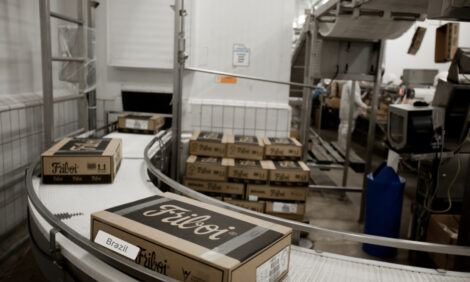



Prussic Acid Brings Queensland Cattle Death
QUEENSLAND, AUSTRALIA - Prussic acid poisoning has been blamed for the death of 14 cattle that were grazing moisture stressed forage sorghum regrowth at Gracemere last weekend.Department of Primary Industries and Fisheries Biosecurity Queensland senior veterinary officer Dr David Pitt, who investigated the stock mortalities, warned Central Queensland stockowners to avoid grazing wilted or stressed forage sorghum if it was young and under one metre in height.
Dr Pitt said that the recent scenario of hot, dry and windy weather with constant cloud cover in combination with a forage crop that had been cut and baled for hay accentuated the risk of hydrogen cyanide poisoning, commonly referred to as prussic acid poisoning.
"In this Gracemere case, we had moisture-stressed short regrowth from 10cm to 40cm high with a build-up of dangerously toxic levels of hydrogen cyanide," Dr Pitt said.
Sorghum´s prussic acid content can be further increased if there is high soil nitrogen from urea fertiliser and low soil phosphorus levels.
When eaten by the cattle, the acid is absorbed into the blood stream and prevents the use of oxygen by the animal´s tissues leading to stock deaths. Symptoms include increased rate and depth of breathing, frothing at the mouth, muscular twitching, staggering, convulsions and coma before death.
"Plants under stress have a higher level of prussic acid which decreases as the plants get older so when the forage crop is at 80cm to 1m, it is considered to be below a dangerous stage," he said.
Dr Pitt said all sorghums had cyanide-producing potential and while sorghum almum and Johnston grass were deemed to be the most dangerous, there were a range of commercially available forage sorghum varieties with low prussic acid content.
He said graziers should observe a few basic rules when managing sorghum fodder crops.
"Don´t graze hungry stock, particularly if the crop is wilted or stressed, and fill them up with hay or roughage first to reduce their sorghum crop intake.
"Watch the cattle for the first hour and make a point of checking them twice daily.
"Supply the stock with a sulphur lick (10%) or provide access to molasses as sulphur is required in the diet to detoxify cyanide in the rumen and liver.
"Keep a supply of sodium thiosulphate (hypo solution) on hand as cattle can be saved if drenched with 56 grams in 500ml of water repeated hourly until the animal recovers."
Dr Pitt said cutting and baling stressed forage for hay is not an option as prussic acid remains in the hay. Baling only relocates the problem from the paddock to the shed.
TheCattleSite News Desk


